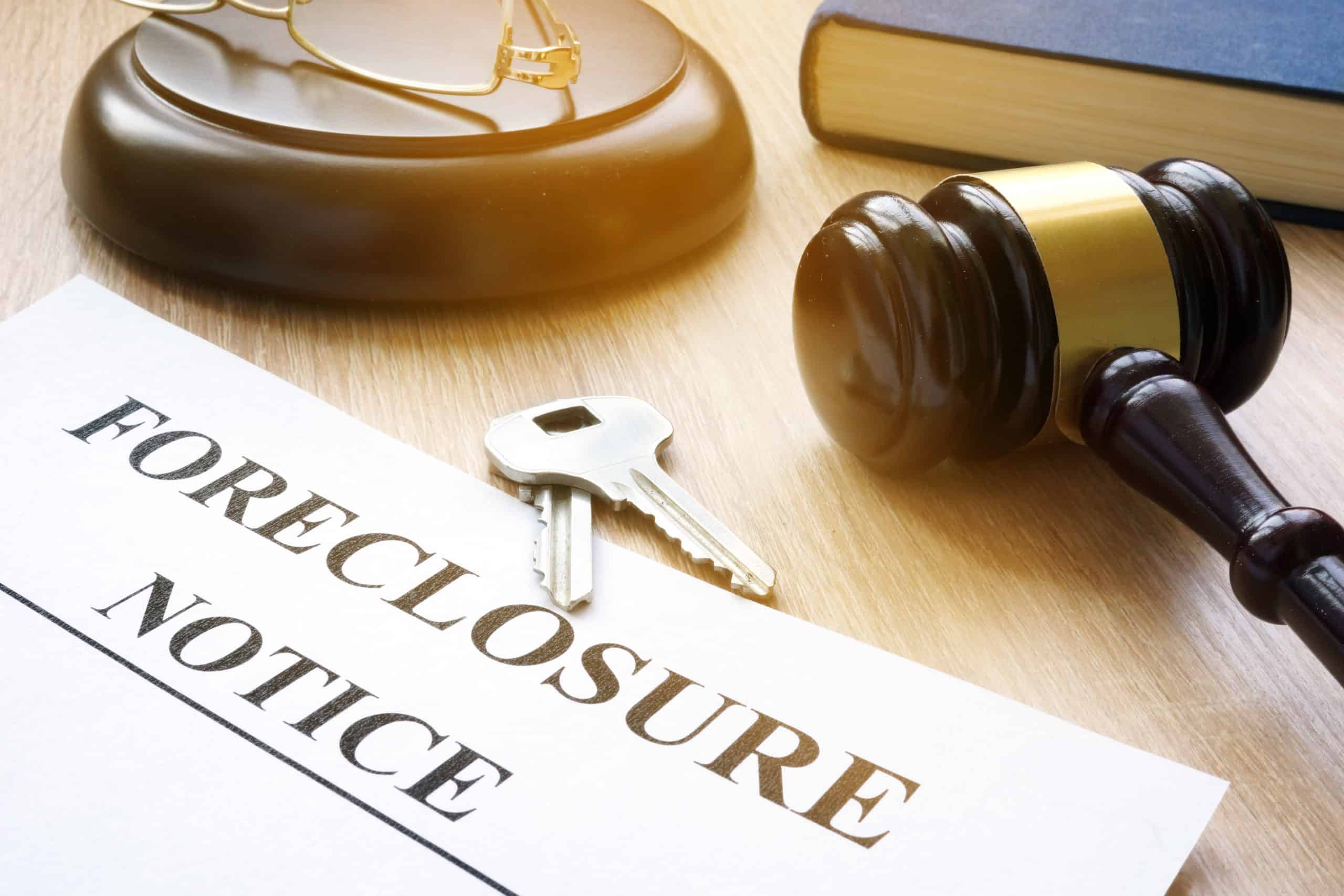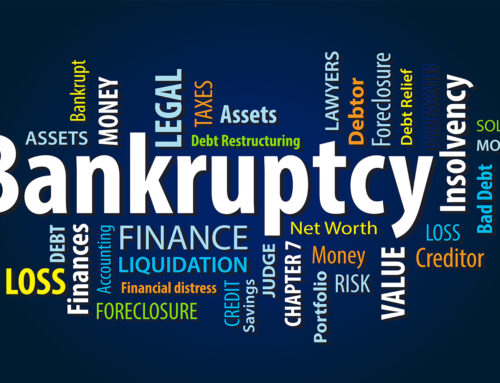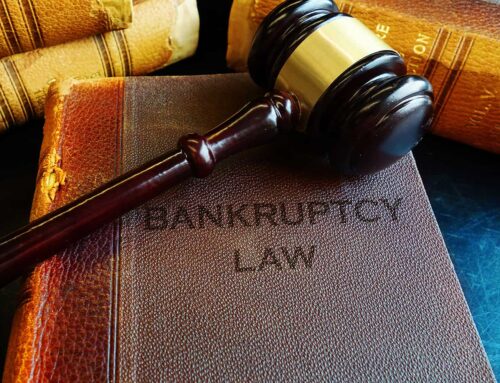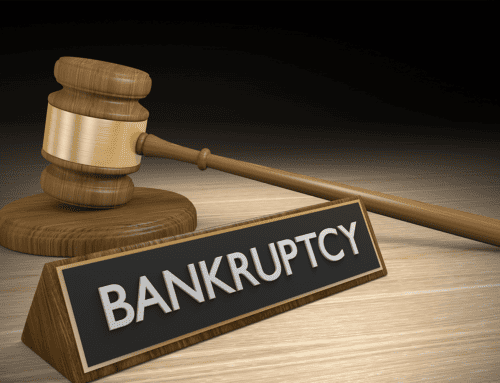Losing your home through foreclosure is an emotionally wrenching experience. It involves more than losing money and needing to find new living quarters. It doesn’t matter how long you’ve lived there — it’s where you made many precious memories. If you’re worried about missed house payments and the lender foreclosing on your property, you may wonder if bankruptcy can possibly help keep your California home.
California Law Adheres to a Structured Foreclosure Process
Lenders or mortgage servicers must follow definite steps and timelines when foreclosing on a borrower’s property. These stages attempt to give the homeowner time to find alternatives and avoid foreclosure.
Types of Foreclosure Proceedings
The majority of foreclosures in California are conducted as non-judicial procedures, which means a court of law is not involved. Under a non-judicial foreclosure, the lender cannot go after the homeowner for additional money if the highest bid is less than the amount still owed.
A judicial foreclosure is conducted under the supervision of a court. It is usually a more involved and costly process, and the lender may seek a deficiency judgment against the homeowner if the sale brings in less money than the borrower owes.
Steps in the Foreclosure Process
You have defaulted on your loan when you miss even one mortgage payment. The lender usually sends a reminder notice and assesses a late fee. California law requires the lender to contact the borrower for a foreclosure avoidance assessment before beginning foreclosure steps.
If the homeowner continues to miss payments and falls further behind, the lender or mortgage servicer may begin the foreclosure process:
- The lender files a notice of default in the county recorder’s office.
- The lender attaches a declaration that contact was made or attempted at least 30 days before filing.
- The lender must use certified mail to send the borrower a copy of the notice of default within 10 business days.
- The homeowner has 90 days from the filing to pay the amount owed.
- If not paid, the lender files a notice of sale stating the home will be sold at a public auction in 21 days.
- The notice of sale must include the date, time and details of the auction.
- The lender must send the borrower a copy by certified mail.
- The home is sold at auction at least 21 days after the filing date.
The California Homeowners Bill of Rights Provides Protection
The California Homeowners Bill of Rights extends protections to homeowners dealing with foreclosures. The law makes it mandatory for lenders or mortgage servicers to contact the borrower and discuss possible options at least 30 days before beginning foreclosure.
The law also makes it easier for the homeowner to apply for a loan modification or other alternative by requiring a lender contact to work with the borrower, answer questions and give assistance in completing forms.
The Right Set of Circumstances Can Make Bankruptcy a Possible Option
Developing an appropriate financial plan to bring mortgage payments up-to-date takes time. Your circumstances may also change, such as finding a new job if unemployment was a cause of your mortgage default. While each homeowner has unique situations, such as income qualifications or the amount of equity in the home, filing for the right type of bankruptcy may provide extra room to breathe or put together a catch-up plan.
Bankruptcy May Buy Time
When you file for bankruptcy, the court orders an automatic stay that freezes all collection actions against you, including foreclosure. This means that even if the foreclosure sale of your home is scheduled, filing for bankruptcy delays it while the bankruptcy is pending. However, the lender may file a motion to lift the automatic stay, and the court may grant it. Even so, the filings and rescheduling of the sale all take additional time and often consume several months before the home is sold.
Bankruptcy May Help Catch Up Payments
For homeowners who want to continue to live in their homes, make up missed payments and stay current with their mortgage, filing for Chapter 13 bankruptcy may offer a solution. While the delinquent mortgage payments may be included in the five-year repayment plan under this chapter, the homeowner still has to meet each month’s mortgage payment, taxes and insurance.
However, if unsecured loans such as credit card debt contributed to the mortgage default, the Chapter 13 approved reorganization plan can become feasible.
If the homeowner has a fair amount of equity in the property, careful consideration of the California bankruptcy exemptions becomes vital. Consulting with a legal professional can help.
The Convergence of Foreclosure and Bankruptcy Requires an Experienced Attorney
Both bankruptcy and foreclosure involve complexities and complications. Trying to sort through the two processes and come up with the best plan to move forward — and hopefully save your home from foreclosure — becomes a difficult challenge. At the Law Offices of Brent D. George, we understand that your home and way of life are at stake, and we use all our knowledge and experience to help you through this difficult process. Contact us today to book a free consultation.







